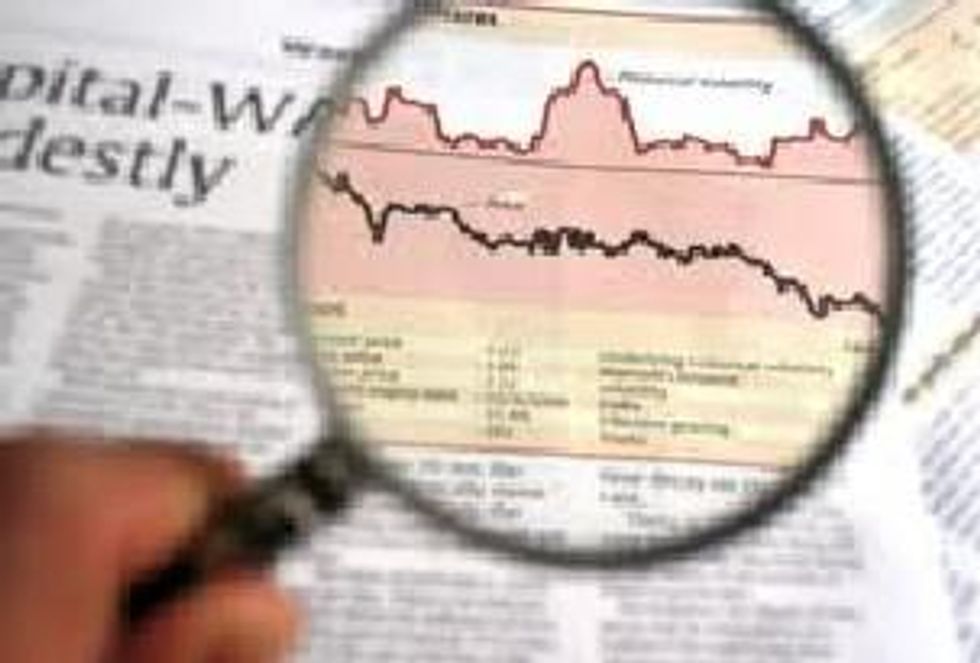In recent history, gas prices have generally followed a relatively seasonal pattern with prices rising during the summer driving season and falling after Labor Day. However, 2010 has seen a reversal in this pattern; the national average price has risen by 30 cents per gallon since Labor Day, the largest increase over that period since the 1990 inception of Energy Information Agency (EIA) weekly published retail gasoline price data. The current average price range in the US for the third week of December of approximately $2.98 per gallon is the second highest on record, eclipsed only by the 2007 average price reaching $3.00 per gallon.
In recent history, gas prices have generally followed a relatively seasonal pattern with prices rising during the summer driving season and falling after Labor Day. This price trend was demonstrated from the period of 2004 to 2007 and last year. The period of 2008 is exempt from the trend due to a rapid increase and subsequent drop in crude oil prices over the course of that year. The US national average price for a gallon of regular gasoline declined an average of 22 cents between Labor Day and the middle of December.
However, 2010 has seen a reversal in this pattern; the national average price has risen by 30 cents per gallon since Labor Day, the largest increase over that period since the 1990 inception of Energy Information Agency (EIA) weekly published retail gasoline price data. The current average price range in the US for the third week of December of approximately $2.98 per gallon is the second highest on record, eclipsed only by the 2007 average price reaching $3.00 per gallon.
Rising crude oil prices have been the primary catalyst for increasing global and US gasoline prices. These crude oil prices have been supported by strengthening global demand for products. The growth in 2010 has been relatively wide spread, with strong oil demand demonstrated by non-member Organization for Economic Co-operation and Development (OECD) countries throughout the year, enhanced by an elevation in OECD consumption as the year progressed, notably in the US.
On an annualized monthly basis through September, gasoline demand in the US increased for six consecutive months, the longest such stretch since 2007. Weekly data for October, November, and December indicates that trend is continuing.
Gasoline supply in the eastern coast of the US is highly dependent on imports, and events in the weeks following Labor Day have complicated the import picture which may lead to further boost price pressures. In late August, gasoline inventories on the East Coast were in excess of their five-year average by over 11 million barrels; however, by the end of November, that excess inventory had been completely eliminated, with inventory levels almost 3 million barrels under the five-year average.
Longer Term Natural Gas Production Growth Through 2035
Expanding US shale gas resources are expected to increase domestic natural gas production at lower prices, according to EIA’s early release of the 2011 Annual Energy Outlook (AEO). The AEO includes projections through 2035 and is based on a reference case assuming the use of technology that is current or reasonably expected to become available over the next decade. Additionally, the reference case does not include the effects of possible future policies. Gas investors will be keenly anticipating the full AEO release expected in March. According to the report, which was published on December 15, the technically recoverable unproved shale gas resource is 827 trillion cubic feet which is 474 trillion cubic feet larger than forecast. Growth in natural gas extracted from shale formations will drive an increase in domestic natural gas production from last year’s total 21.5 to 26.8 trillion cubic feet in 2035. Production from shale is expected to grow to 12 trillion cubic feet in 2035, more than offsetting a reduction in conventional production.
Natural gas prices at the Henry Hub are expected to increase from last year’s average $3.95 to $7.19 per million British thermal units by 2035. Natural gas and renewable power plants will comprise the majority of generation capacity additions. The energy mix of generation from natural gas is expected to increases from last year’s total of 23 to 25 percent by the year 2035.
Future Economic Development
Last month, Royal Dutch Shell (NYSE:RDS.A) controller, Martin ten Brink discussed natural gas trends at the PricewaterhouseCoopers Global Energy, Utilities and Mining Conference in Istanbul. Mr. ten Brink indicated a level of concern, “There are some technical reasons why there is an oversupply in the US explained by commitments on acreage. Drilling commitments may lead operators to continue to drill even where the economics may not justify it. The pace at which the gas glut disappears will depend on future economic growth and a range of other factors, including whether we see carbon being priced in.”





